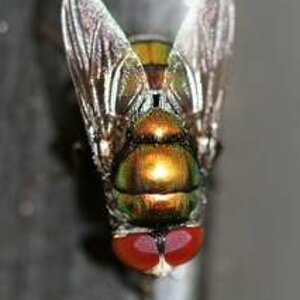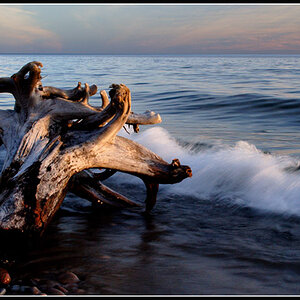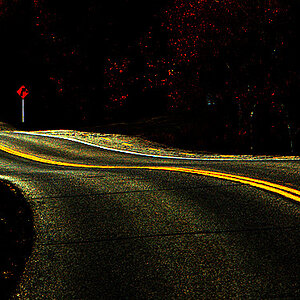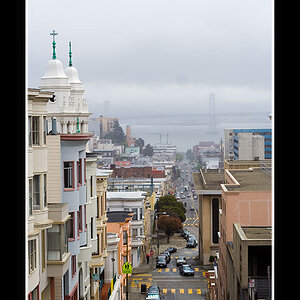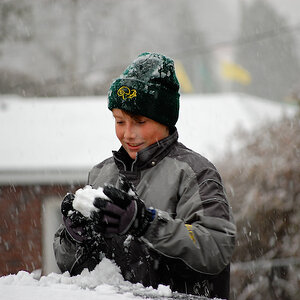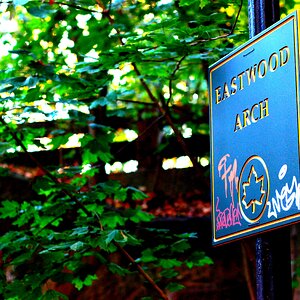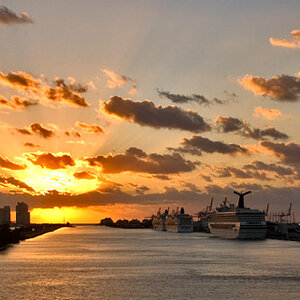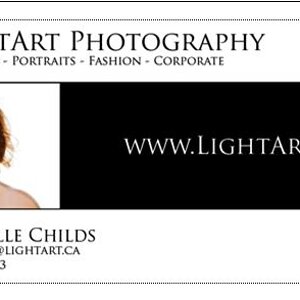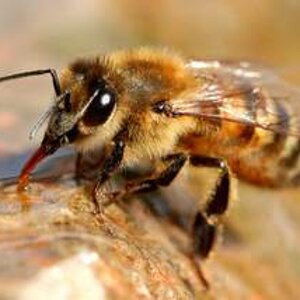theheater
TPF Noob!
- Joined
- Feb 17, 2007
- Messages
- 72
- Reaction score
- 0
- Location
- Halifax, Nova Scotia
- Can others edit my Photos
- Photos OK to edit
I have a Kodak P880. I have been very happy with the camera but do most of my image perfecting in Photoshop. I want to begin using some of the manual features, mainly for night photos, but I am not sure where to begin. I hate using the flash, and I am wondering what settings I should start with when taking evening photos, and then I can modify them using that benchmark depending on how well my camera takes to them. Any help at all would be great.



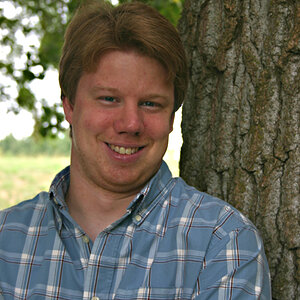
![[No title]](/data/xfmg/thumbnail/33/33337-23549254ce2ac92ac5cb86ac0366633f.jpg?1619735908)
